Ursula Andress: The Timeless Icon Who Defined Hollywood’s Golden Era
Few faces are as instantly recognizable as Ursula Andress, the Swiss-born actress whose beauty, poise, and magnetic presence made her an enduring symbol of Hollywood’s golden age. From her breakout role as the original Bond girl to decades of international cinema, Ursula captivated audiences across the globe. Beyond the screen, her life has been a whirlwind of love, artistry, motherhood, and reinvention, making her story one of resilience, elegance, and timeless glamour.
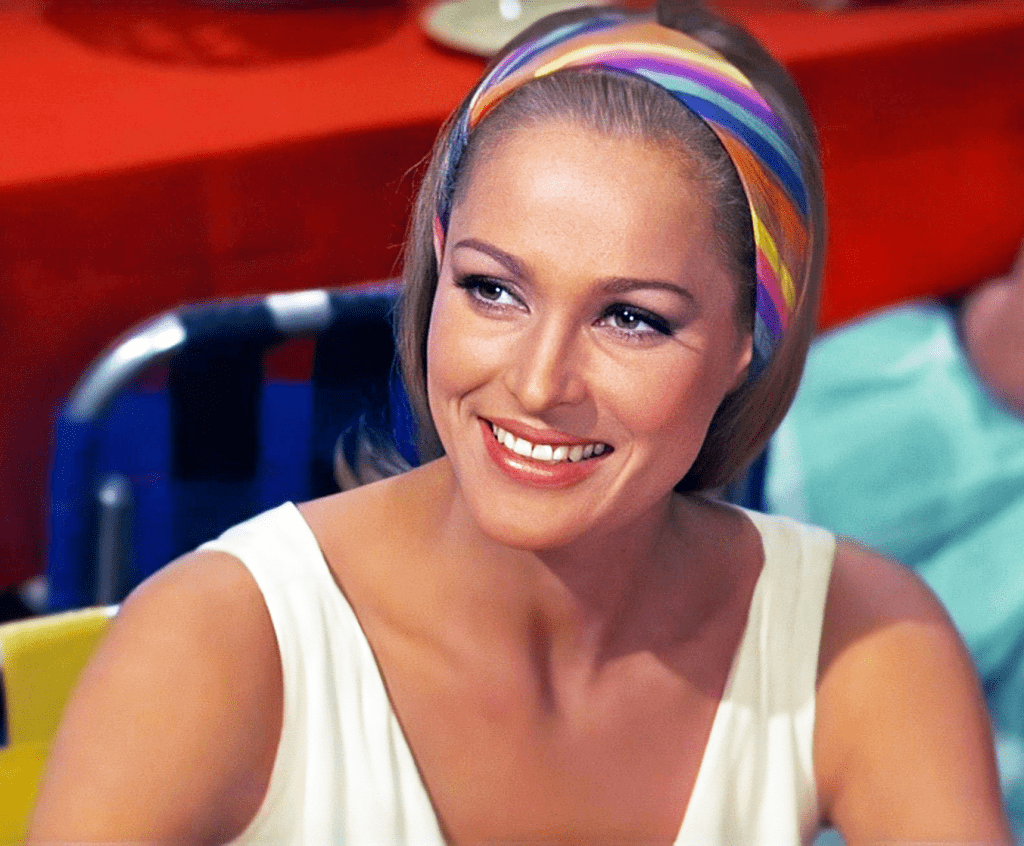
Let’s explore the full arc of her life, career, and legacy.
Early Life: From the Swiss Alps to a World of Opportunity
Born on March 19, 1936, in Ostermundigen, Switzerland, Ursula Andress grew up as the third of six children in a strict Protestant household. Her father, Rolf Andress, was a German diplomat, while her mother, Anna, maintained the household and instilled discipline and cultural refinement. During World War II, her father was expelled from Switzerland, leaving her grandfather to serve as a primary figure in her upbringing.
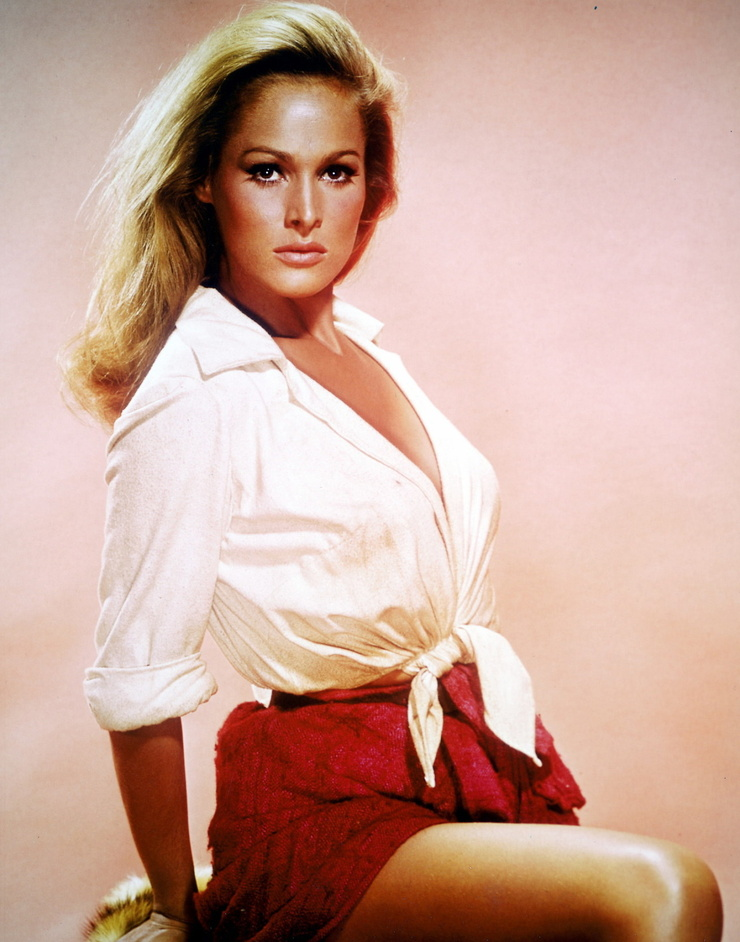
Ursula’s childhood combined structure with exposure to European culture, which would later influence her elegance and worldly poise. At the age of 16, she left school in Bern to seek broader horizons, moving first to Paris and then to Rome. In Paris, she immersed herself in art, sketching in cafes and attending galleries. In Rome, she worked as a nanny and as an artist’s model, posing for painters and photographers, all while developing her striking looks that would later capture the attention of the film industry.
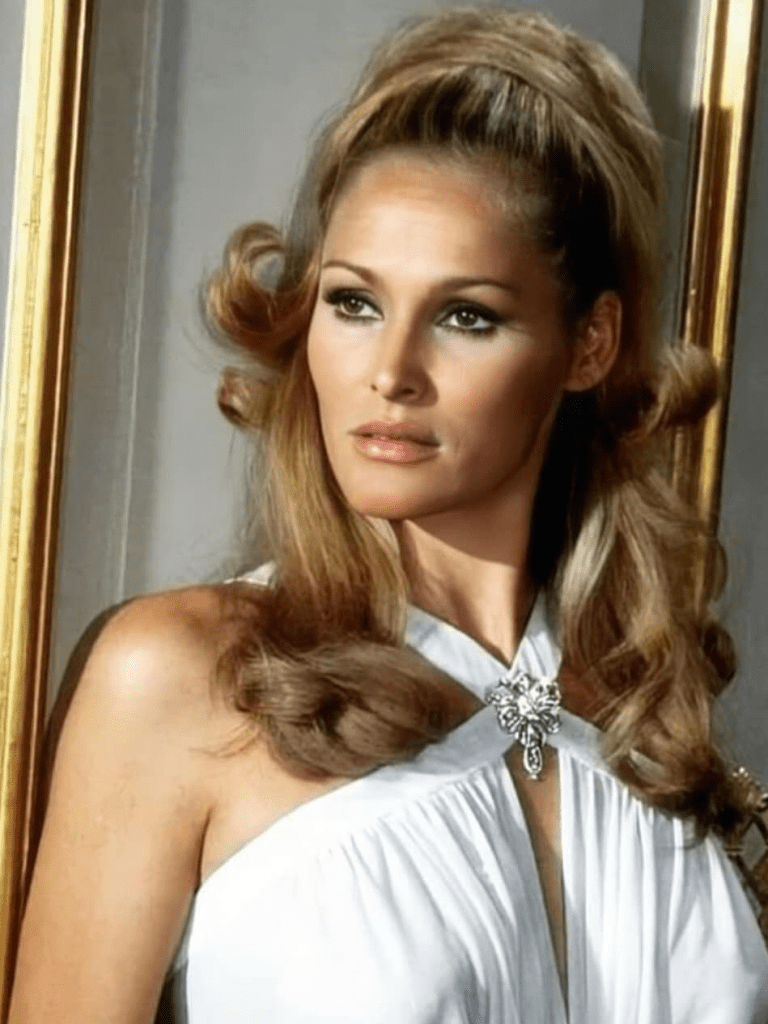
Her early independence and adventurous spirit set the stage for a career that would span continents and decades. Ursula learned quickly to navigate new languages and cultures, a skill that would serve her well as she transitioned from European cinema to Hollywood stardom.
Video : 13 S*xy Photos of Ursula Andress
Breakthrough Role: Becoming Cinema History with Dr. No
In 1962, Ursula Andress landed the role that would forever etch her name into cinematic history: Honey Ryder in Dr. No, the first James Bond film. Emerging from the turquoise waves in her iconic white bikini, knife at her hip, Ursula exuded confidence, sensuality, and charisma, creating a moment that became instantly legendary.
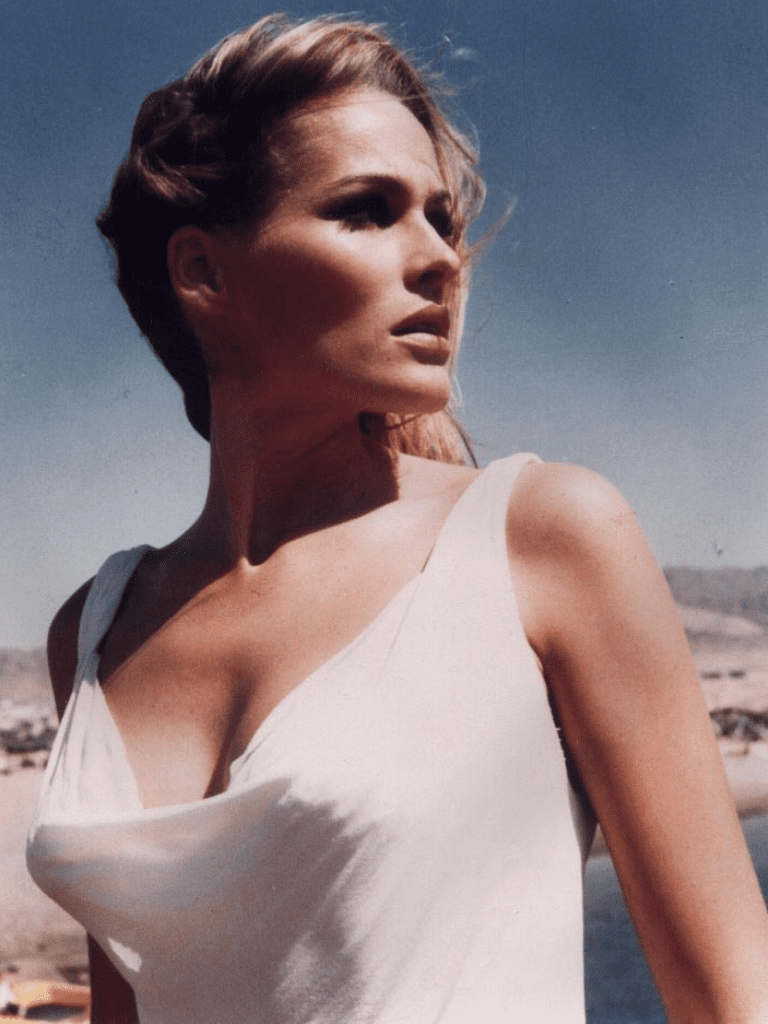
This role did more than launch her into international fame; it defined the archetype of the Bond girl—strong, alluring, and unafraid. Her chemistry with Sean Connery and her commanding screen presence set the standard for decades of Bond films to follow. Critics hailed her performance as unforgettable, and audiences around the world were captivated.
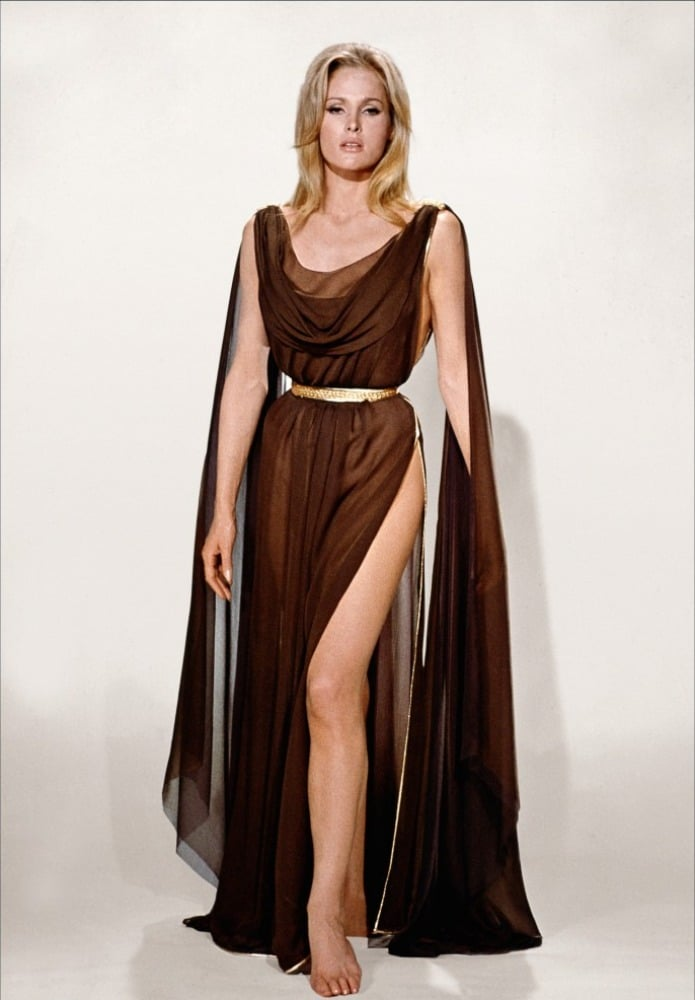
Expanding Her Career: Hollywood and International Films
After Dr. No, Ursula’s career flourished with roles across both American and European cinema. She appeared in Fun in Acapulco (1963) alongside Elvis Presley, 4 for Texas with Frank Sinatra and Dean Martin, and She (1965), showcasing her versatility in adventure, romance, and musical genres.
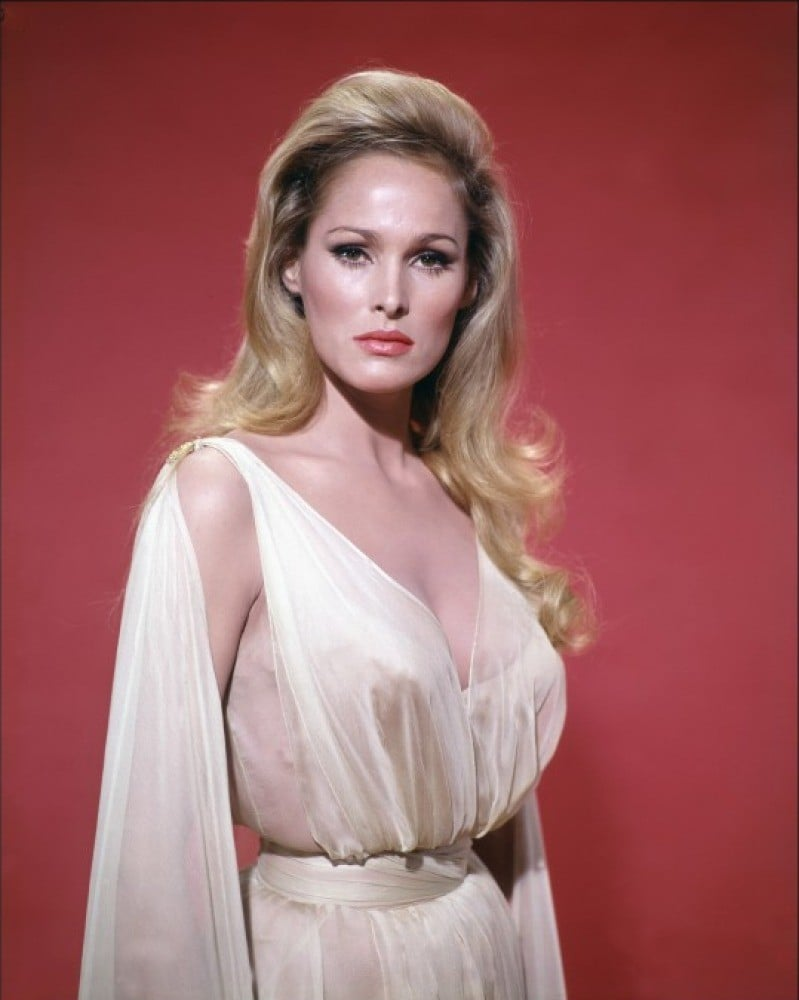
Her European films, including The 10th Victim (1965), The Blue Max (1966), and Red Sun (1971), allowed her to explore complex characters and unique storylines. Ursula brought elegance, assertiveness, and subtle humor to every role, balancing glamour with relatability. She became known not just as a beautiful actress but as a skilled performer capable of depth and range, earning the respect of critics and peers alike.
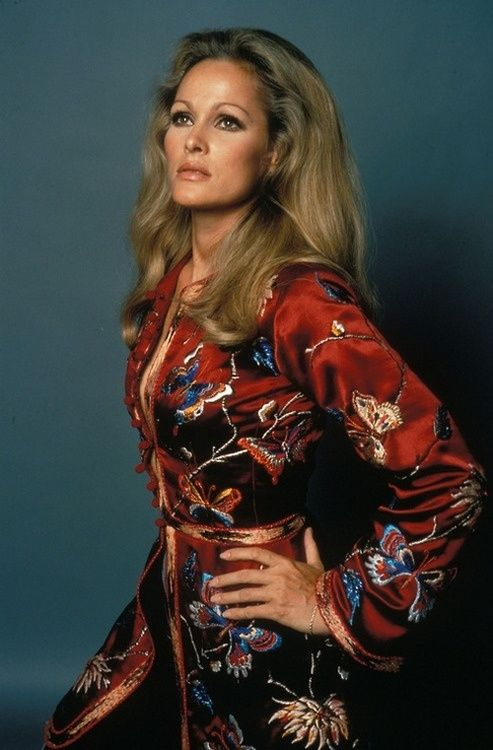
Throughout the 1960s and 1970s, Ursula Andress became a global star, crossing borders effortlessly and captivating audiences from Hollywood to Rome, Paris, and beyond. Her ability to blend European sophistication with Hollywood charisma distinguished her in an era dominated by glamour and spectacle.
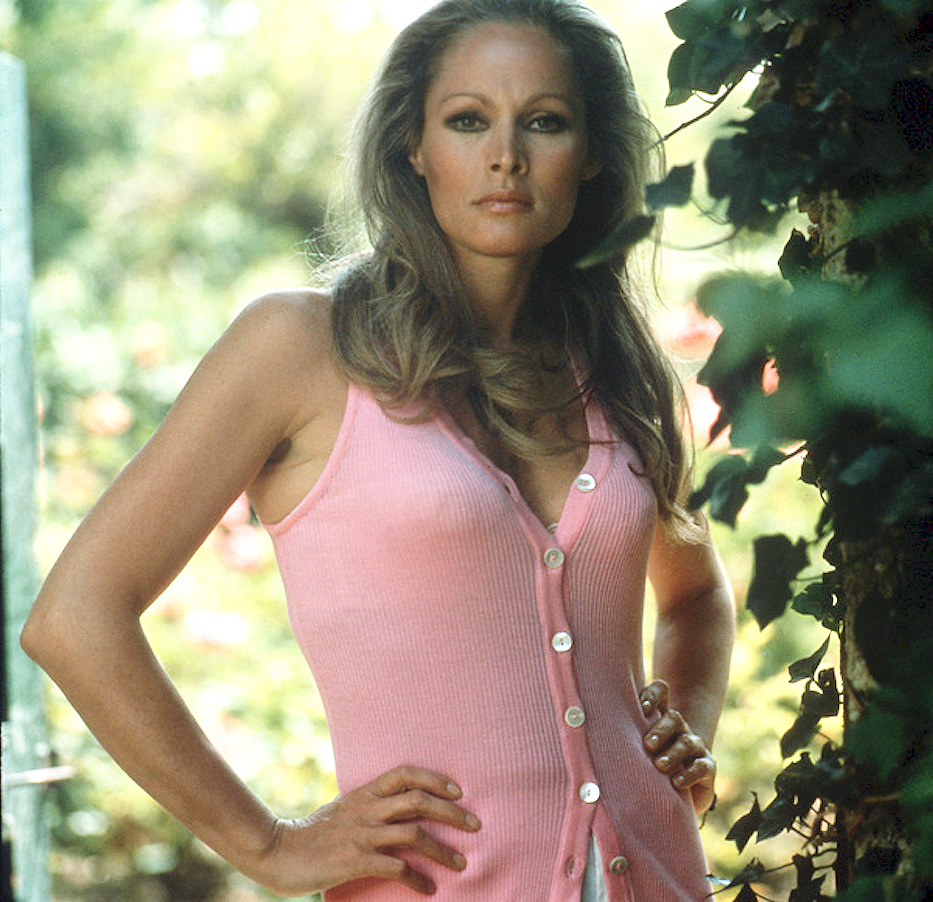
Romances and Personal Life: Love, Heartbreak, and Independence
Ursula Andress’s personal life has always drawn attention, and for good reason. Her relationships read like a storybook of Hollywood romance. At 17, she had a brief affair with French actor Daniel Gelin, learning the intensity and volatility of early love. A spark with James Dean offered a taste of celebrity allure but ended quickly.
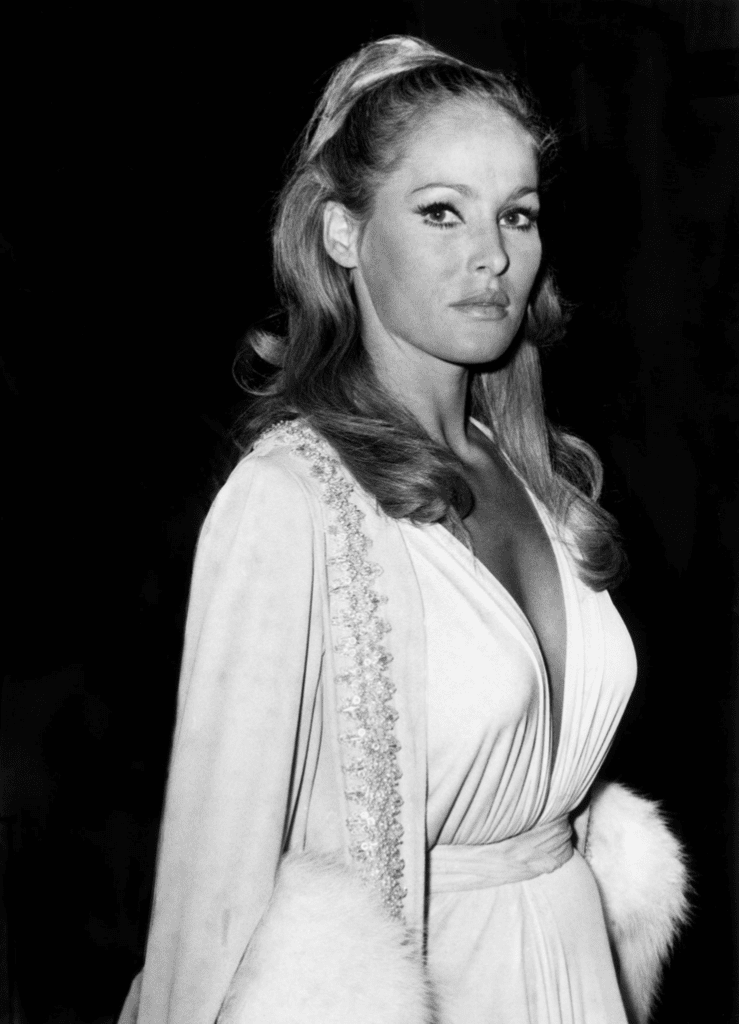
Her most notable early relationship was with actor-director John Derek, whom she married in 1957. The marriage, marked by travel, ambition, and mutual career support, ended in 1966 after years of high-profile affairs, including flings with co-stars such as John Richardson and Ryan O’Neal. Ursula navigated these challenges with grace, demonstrating independence and resilience.
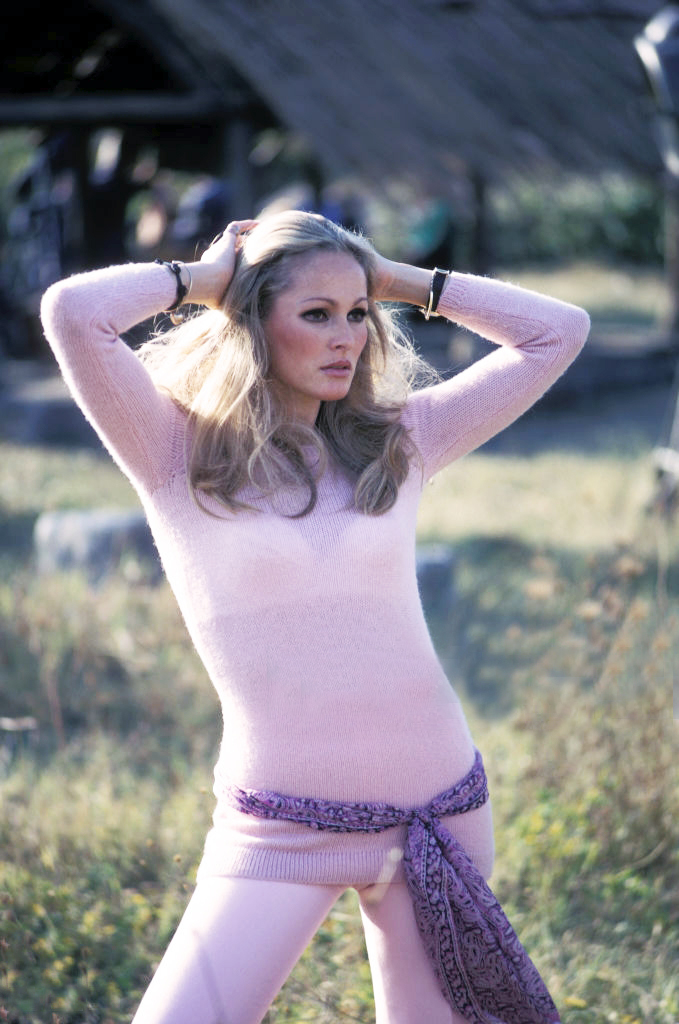
In 1980, at 44, Ursula gave birth to her son Dimitri Hamlin, fathered by actor Harry Hamlin. Motherhood became a central focus of her life, and she devoted herself to raising Dimitri while balancing her career. They settled in Italy, and Ursula created a nurturing, cultured environment for him, exposing him to multiple languages, arts, and European culture. Dimitri has since become a successful actor and producer, reflecting the blend of charisma and talent inherited from his mother.
Video : THE URSULA ANDRESS TRIBUTE
Later Career and Artistic Pursuits
By the 1980s and 1990s, Ursula scaled back from Hollywood blockbusters, choosing selective projects that allowed her to balance personal life and professional fulfillment. She appeared in films like Falcon’s Gold (1982) and television projects such as Man Against the Mob (1988).
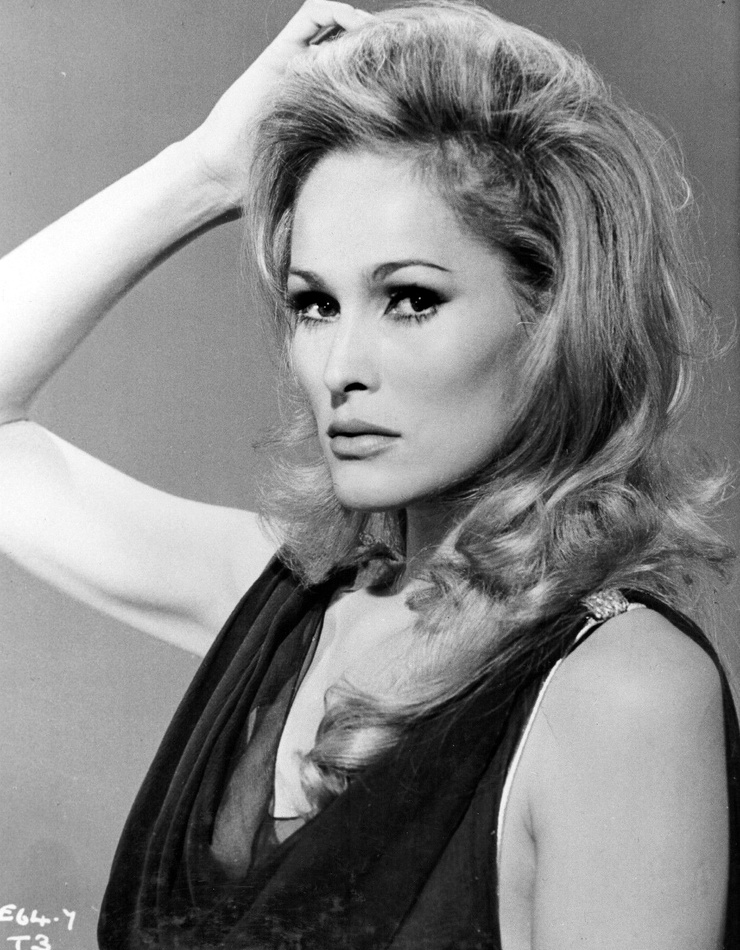
Art became a significant pursuit later in life. Ursula has dedicated herself to painting, drawing inspiration from her travels, the sea, and landscapes she has loved throughout her life. She remains active in charitable endeavors, supporting children’s causes and environmental organizations, demonstrating that her influence extends far beyond cinema.
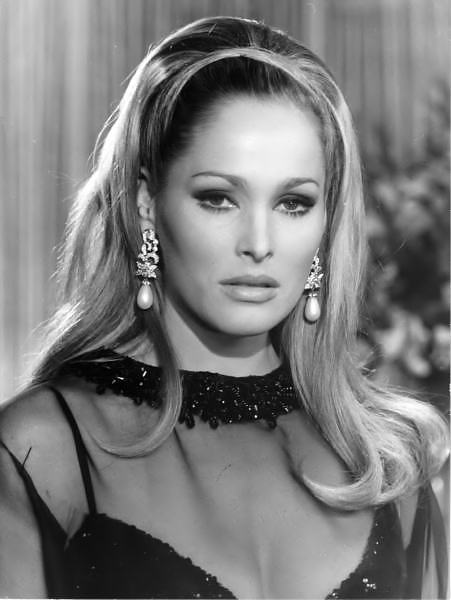
Legacy and Influence: The Enduring Impact of Ursula Andress
Ursula Andress’s legacy is multi-dimensional: she is a cinematic icon, a fashion and beauty trailblazer, and a figure of empowerment and resilience. Her portrayal of Honey Ryder continues to inspire actresses and audiences, while her career demonstrates the importance of reinvention, independence, and seizing opportunity.
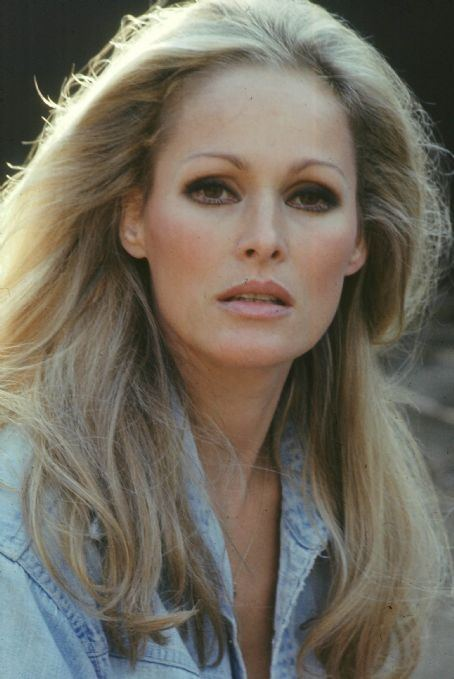
Even today, her influence resonates in fashion, film, and pop culture. She set the standard for on-screen glamour combined with inner strength, redefining what it means to be a leading lady in an international context. Her story continues to captivate, reminding us that courage, charisma, and determination are timeless qualities.
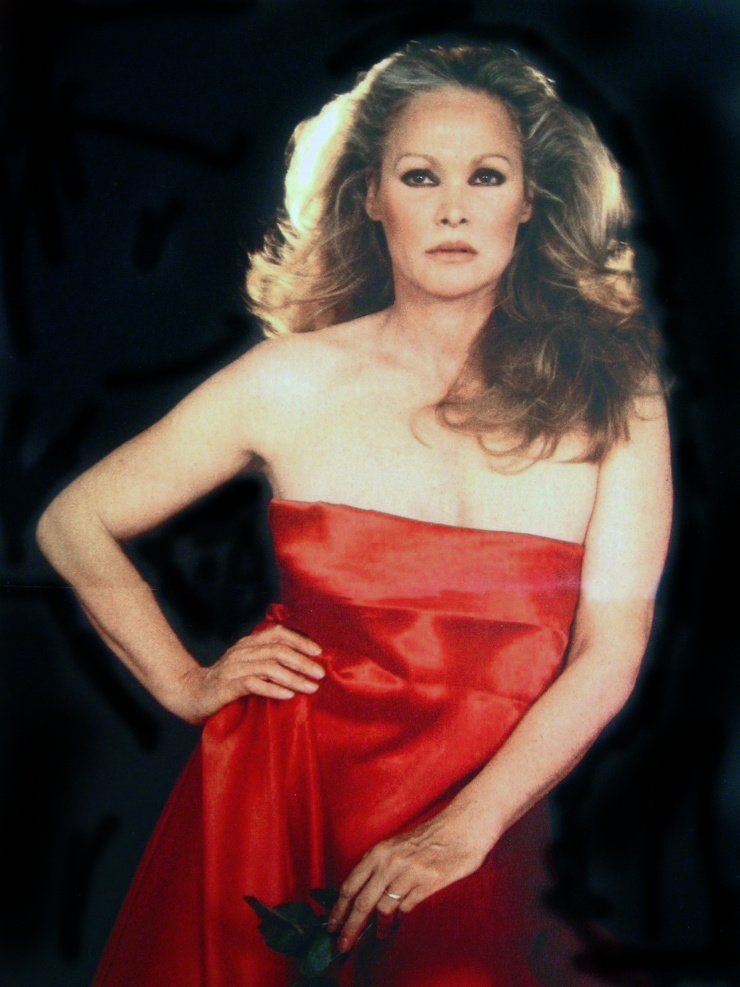
Conclusion: Ursula Andress, Forever Iconic
From her early days in Switzerland to international stardom, from legendary roles in Bond films to motherhood, artistry, and philanthropy, Ursula Andress has crafted a life of remarkable achievements. Her career, romances, and personal growth illustrate the power of resilience, independence, and reinvention.
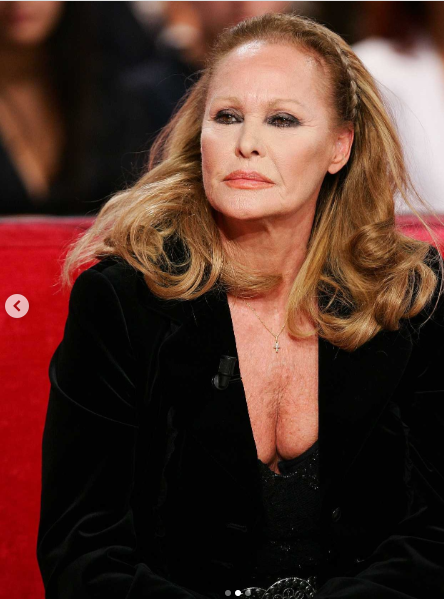
Even decades after she first emerged from the waves in Dr. No, Ursula remains an enduring symbol of Hollywood’s golden era. Her beauty, talent, and spirit continue to captivate generations, proving that a true icon is defined not just by fame but by the lasting impact one leaves on the world.